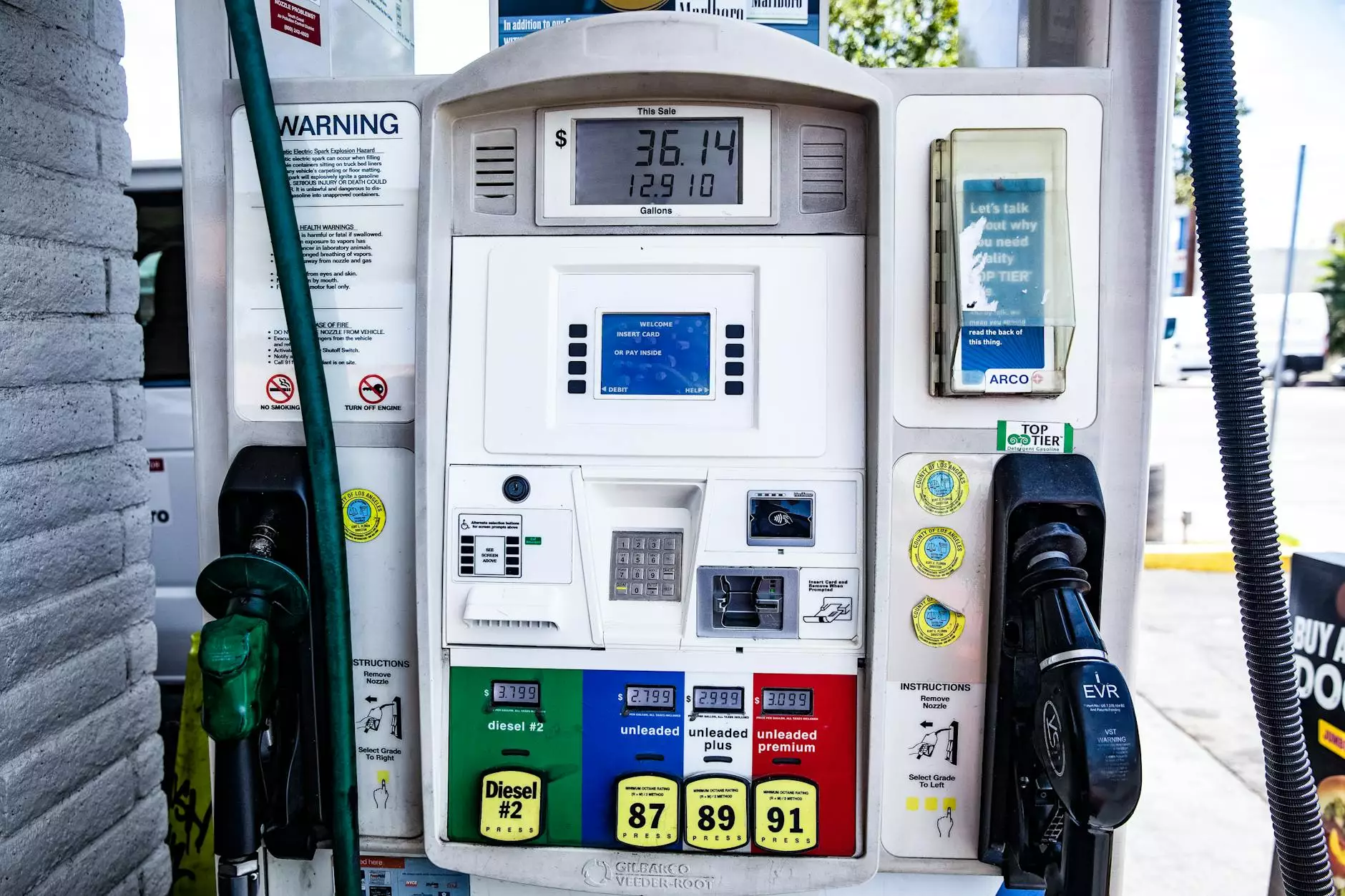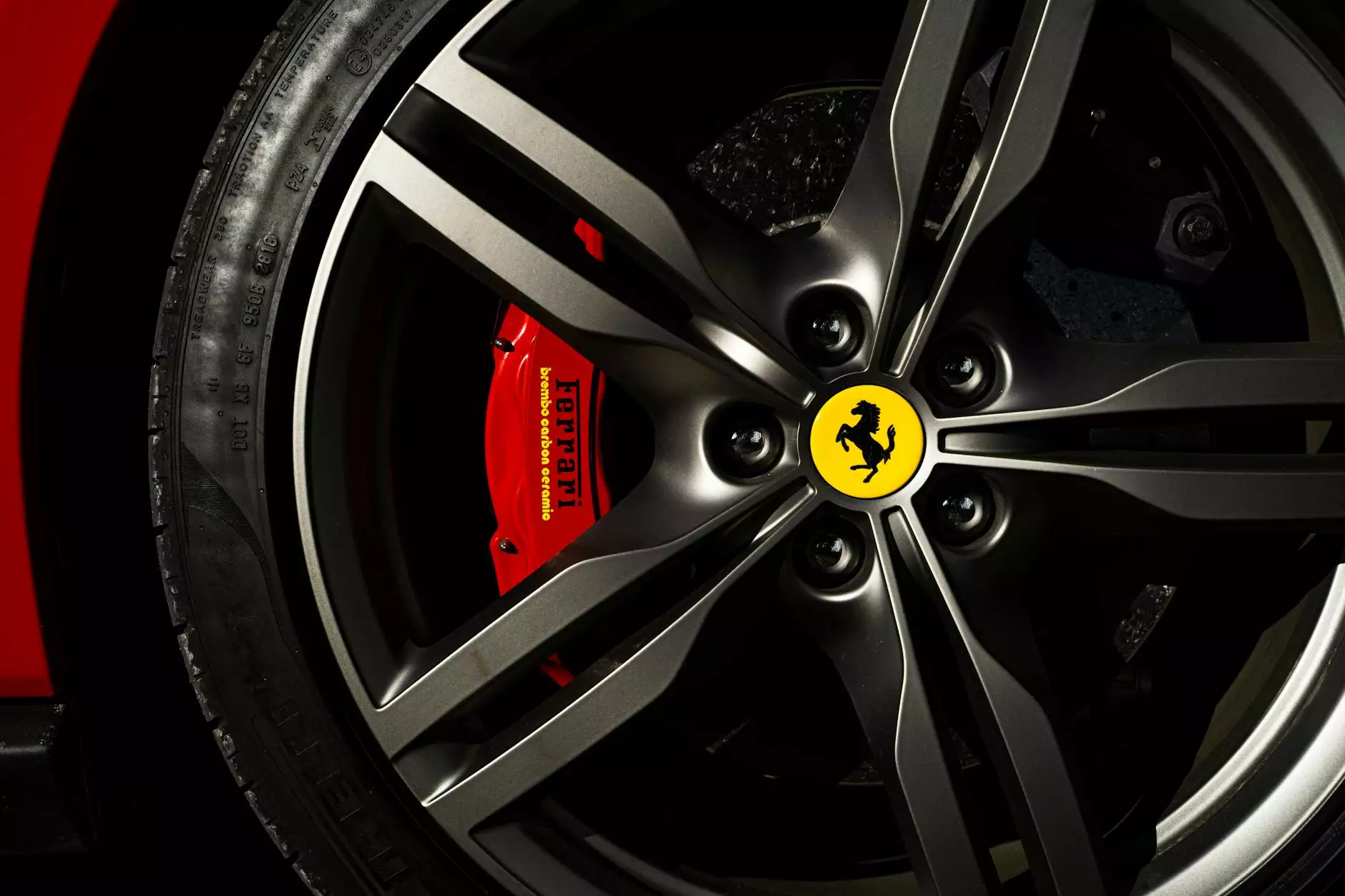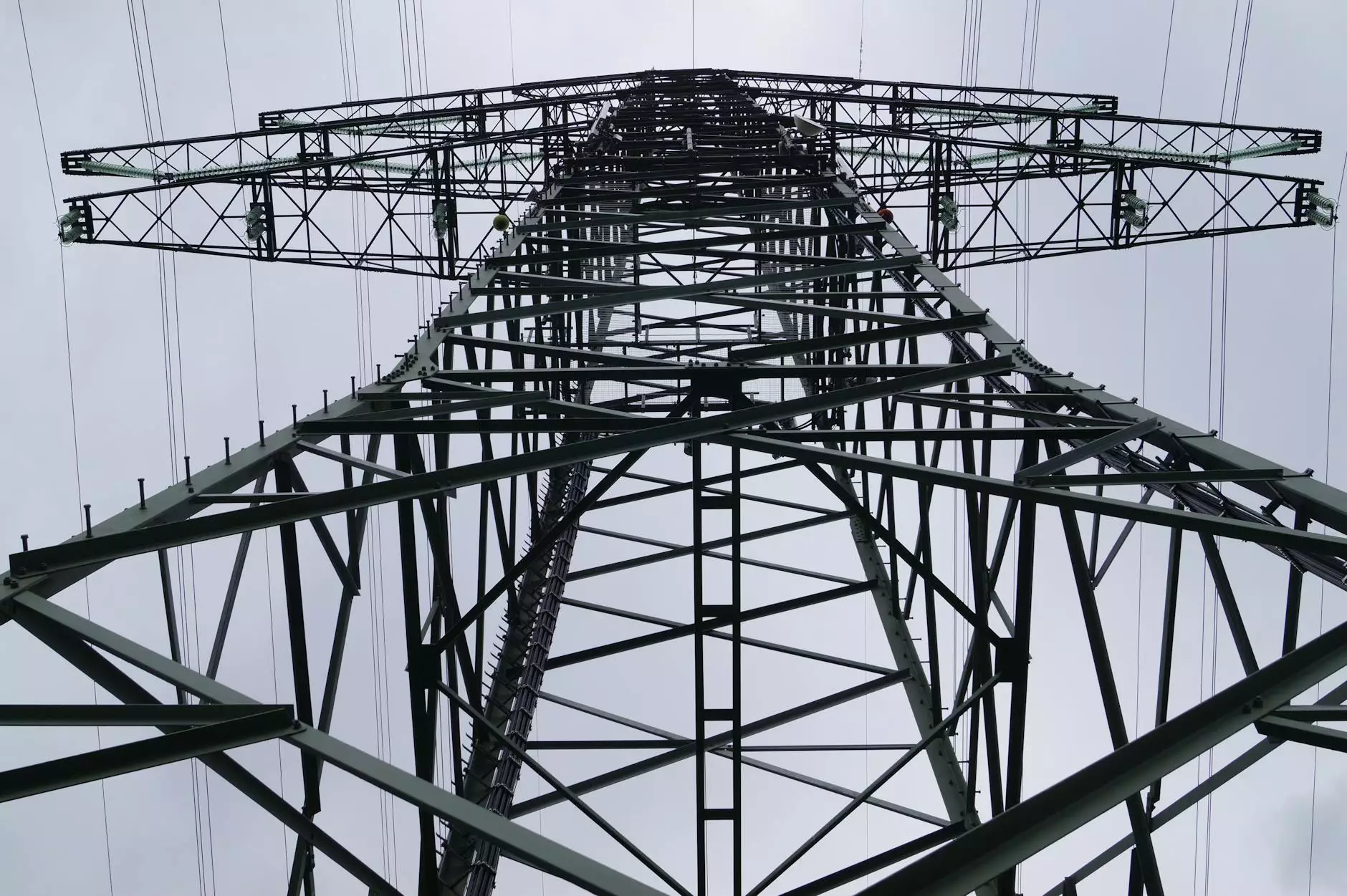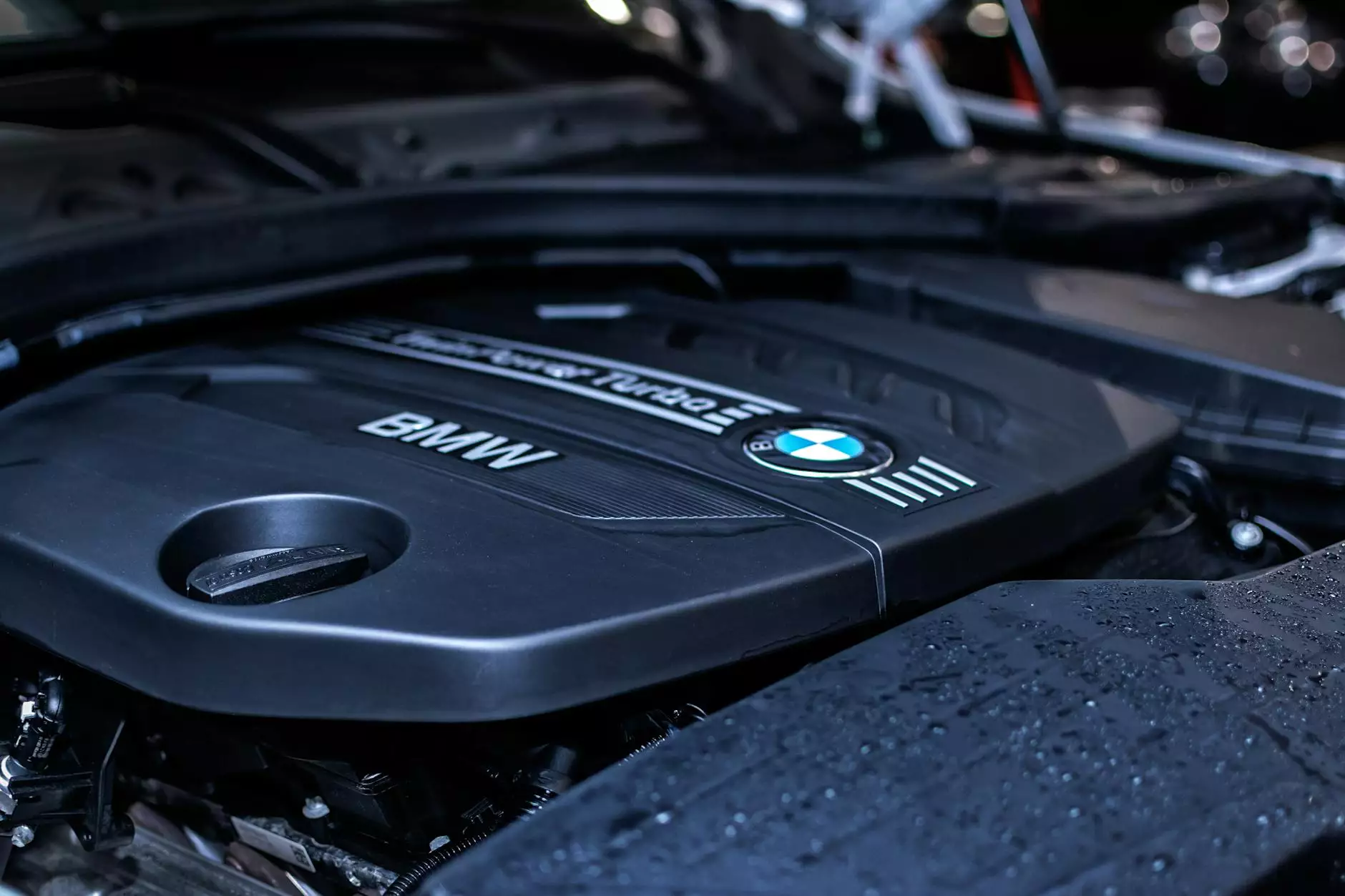Installing New Seals in the Engine, Transmission or Rear End
Chassis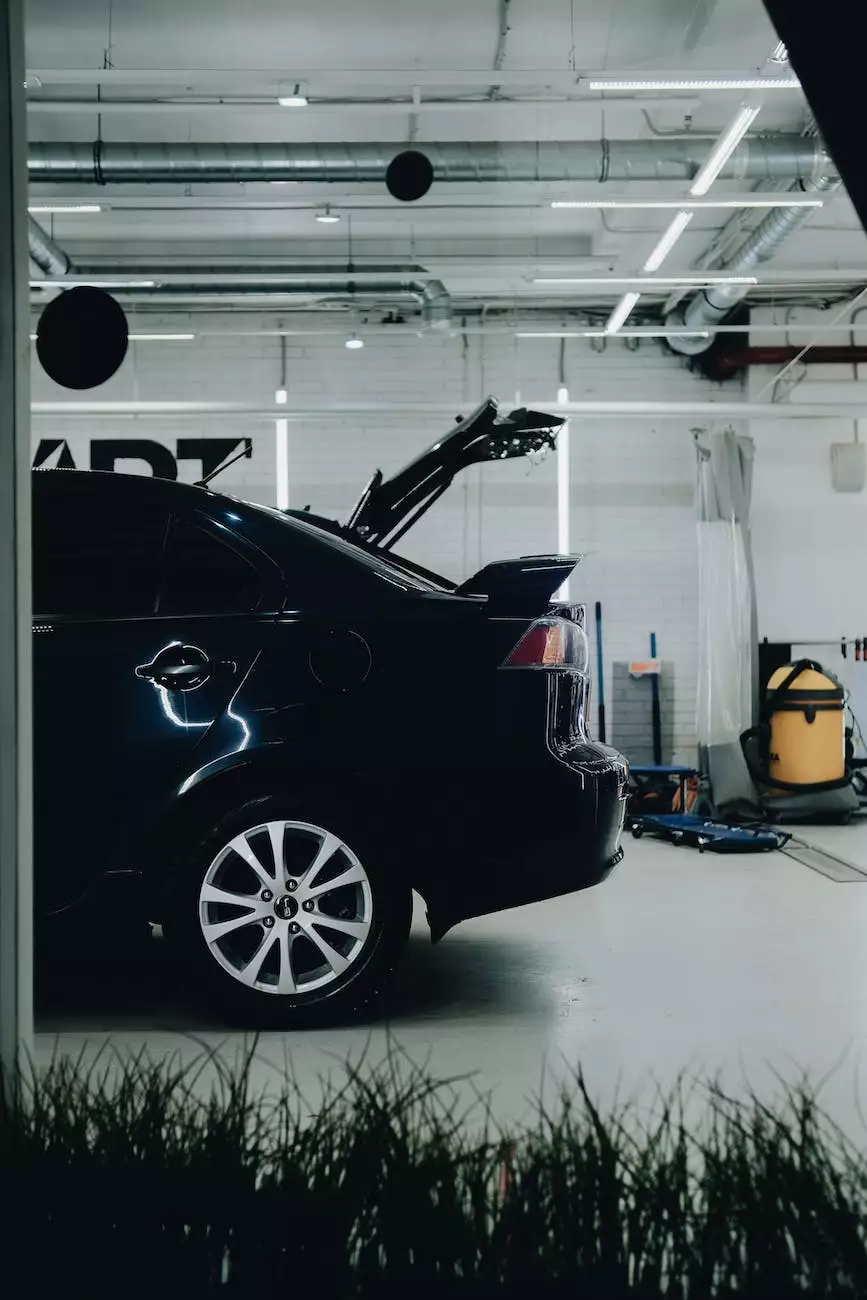
Introduction
Welcome to Grafco Electric, your trusted source for expert advice on vehicle maintenance and repairs. In this comprehensive guide, we will walk you through the process of installing new seals in the engine, transmission, or rear end of your vehicle. Proper installation of these seals is crucial for preventing leaks and ensuring the optimal performance of your vehicle. Follow our step-by-step instructions and useful tips to successfully complete this task.
Why are Seals Important?
Seals play a critical role in preventing the leakage of fluids and gases in various components of your vehicle's engine, transmission, and rear end. Over time, these seals may wear out or become damaged due to regular use, exposure to heat, or other factors. When this happens, it is essential to replace them as soon as possible to maintain the integrity and efficiency of your vehicle's systems.
Tools and Materials Needed
- New seals specific to your vehicle make and model
- Clean lint-free cloth
- Sealant or lubricant recommended by the manufacturer
- Screwdrivers (flathead and Phillips)
- Socket and wrench set
- Seal removal tool
- Grease
- Torque wrench
Step-by-Step Guide
1. Preparation
Before starting the seal replacement process, ensure that your vehicle is parked on a flat and level surface. Engage the parking brake and open the hood or access the rear end, depending on the location of the seals you are replacing. Review the vehicle's manual or consult with a professional to identify the specific locations of the seals.
2. Removing the Old Seals
Use the appropriate screwdriver or seal removal tool to carefully remove the old seals. Take extra caution to avoid damaging the surrounding components during this process. Once removed, thoroughly clean the area using a lint-free cloth to ensure proper adhesion of the new seals.
3. Applying Sealant or Lubricant
Apply a small amount of sealant or lubricant recommended by your vehicle's manufacturer on the outer surface of the new seals. This will help enhance their effectiveness and ensure a tight seal when installed.
4. Installing the New Seals
Gently insert the new seals into their respective positions, ensuring they are aligned correctly. Avoid using excessive force to prevent any damage. If necessary, use a socket or wrench to gently tap the seals into place until they are securely seated.
5. Checking for Proper Alignment
Double-check the alignment and positioning of the new seals to ensure they are properly seated. Misaligned or partially inserted seals can lead to leaks and compromise the performance of your vehicle.
6. Applying Grease
Apply a thin layer of grease around the outer edge of the seals, ensuring smooth movement and reduced friction. Grease helps protect the seals and extends their lifespan.
7. Torquing the Fasteners
If there are any fasteners involved in the seal installation process, such as bolts or nuts, use a torque wrench to tighten them to the manufacturer's specifications. This will ensure proper sealing and prevent overtightening, which can lead to damage.
8. Performing a Test
After installation, start the vehicle and let it run for a few minutes. Check for signs of leaks or unusual noises. If everything appears to be in order, you have successfully installed the new seals.
Conclusion
Congratulations! You have successfully learned the process of installing new seals in the engine, transmission, or rear end of your vehicle. Remember that proper installation and regular maintenance play a vital role in preserving the longevity and performance of your vehicle. If you encounter any difficulties during the seal replacement process, it is recommended to consult with a professional mechanic for assistance.
About Grafco Electric
Grafco Electric is a leading provider of automotive electrical solutions and expert advice. With years of experience in the industry, we pride ourselves on offering top-notch assistance to vehicle owners. We cover a wide range of topics, including maintenance guides, troubleshooting tips, and comprehensive repair instructions. Stay tuned to our website for more valuable insights and resources.


